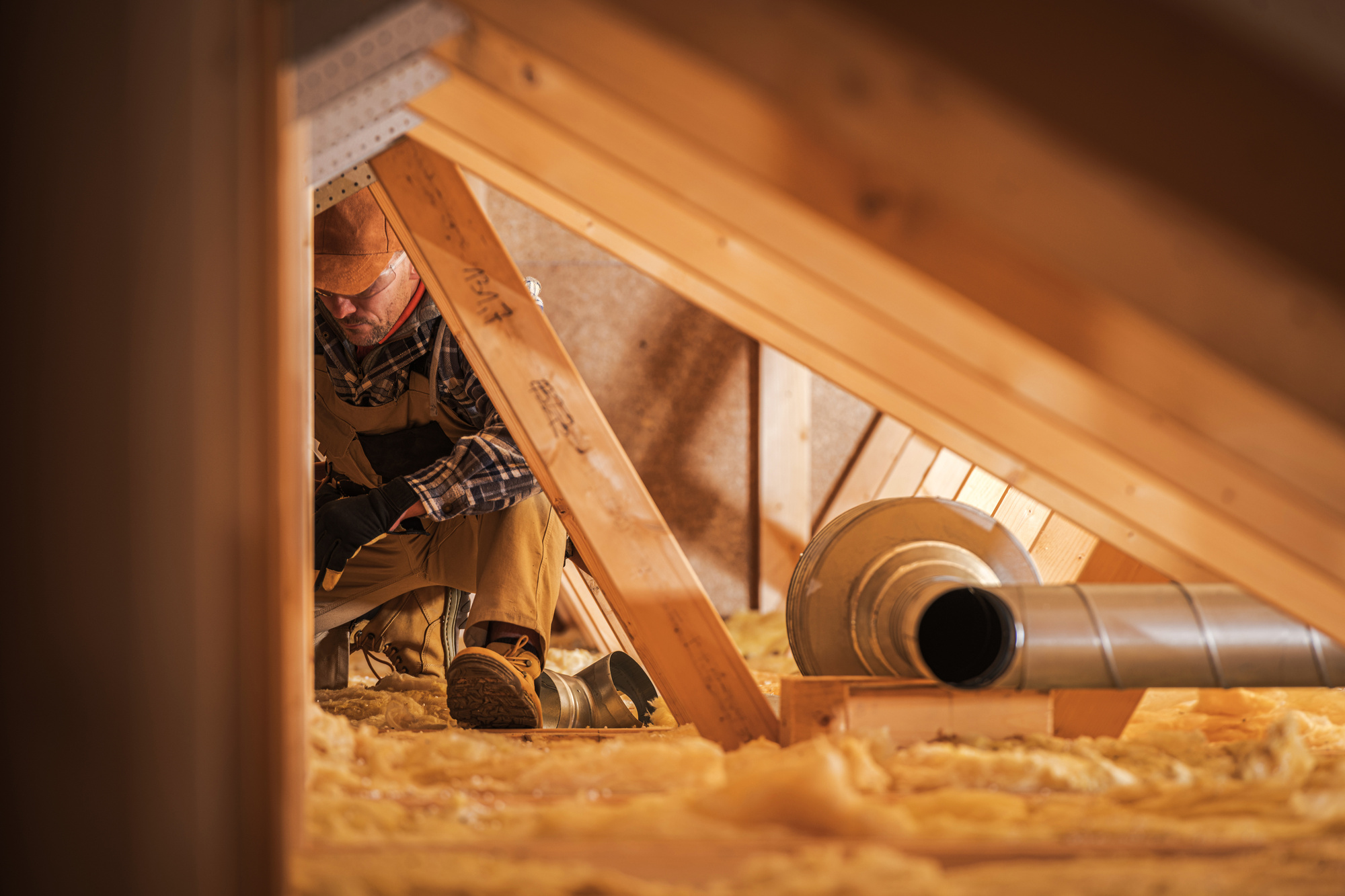Affordable Ways to Upgrade Your Home’s Insulation

Keeping your home properly insulated provides year-round comfort and savings on energy bills. Nonetheless, if you haven’t updated your insulation in decades, those old materials may prove inefficient and outdated compared to modern options. The good news is that you can affordably upgrade your home’s insulation using today’s high-performance materials and products.
Insulation Basics
Insulation works by trapping air pockets that resist heat flow; the denser and more compact the material, the better it insulates. Batting-style insulation products like fiberglass or mineral wool create these air pockets through their fluffy composition.
Rigid foam boards, like polystyrene or polyurethane, form insulating air pockets via their closed-cell foam structure. Blown-in insulation like cellulose or foam utilizes tiny, trapped bubbles to provide effective thermal resistance.
Insulation performance gets rated by its R-value, which measures how well it resists the transfer of heat. Higher R-value numbers indicate greater insulating capability per inch. For most homes, insulating to at least R-30 in the attic and R-13 in walls is recommended.
Fill Gaps With Loose-Fill
One affordable way to immediately boost insulation involves topping off existing attic insulation using loose-fill or blown-in products. These loose materials come in bags or rentable blowing machines can install them for you.
Cellulose loose fill made from recycled newspapers and treated with boric acid provides excellent insulating properties and fire resistance. It packs into nooks and crevices with minimal mess while topping up attic insulation with higher R-values.
Consider Green Insulation Materials
Many modern insulation manufacturers, like those at Epsilyte for example, focus on using more sustainable raw materials that still deliver superior thermal performance. Green insulation materials like wool batting sourced from recycled textiles, cotton batting, or sprayed soybean-based foam all provide excellent alternatives.
Properly manufactured wood fiber or hemp batts can match fiberglass batting with higher R-values per inch. Rigid insulation boards produced from mushroom root fibers or recycled paper also bring sustainability to thermal barriers. These bio-based options give homeowners eco-friendly insulation upgrades without sacrificing efficiency.
Strategically Upgrade Key Areas
Rather than attempting a complete insulation overhaul, sometimes it makes sense to strategically upgrade just the most problematic areas. Adding blown-in loose fill to attic spaces near vents, fans or skylights makes a world of difference in preventing heat leaks.
Basement rim joists remain a common draft and energy sieve due to deteriorating or lacking insulation. Applying rigid foam boards or carefully blown-in insulation upgrades rim joist insulation very cost-effectively.
Maintain Existing Insulation
Proper insulation maintenance also helps stretch the lifetime and effectiveness of existing materials. Fiberglass or mineral wool batting ripped, sagged, or compressed from activities like storage loses significant insulating capability. Carefully removing debris and fluffing up compressed areas can restore insulation.
Check for moisture issues that cause mold, warping or deterioration. Unless contaminated, drying out damp insulation lets materials regain lost insulating potential. Cleaning and patching holes in your insulation envelope likewise maximizes current materials before requiring total renovation.
Smarter Ways to Save
State and federal programs frequently incentivize insulation upgrades through rebates or tax credits as well. Check what offers you might qualify for based on your residence and insulation improvement plans as the savings could help prioritize key projects.
Enlisting professional energy auditors also allows precise analysis to identify where your home suffers biggest heat losses. Then contractors can pinpoint the most cost-effective upgrade solutions tailored just for your needs.
Conclusion
Exploring smarter insulation installation techniques, more sustainable material options, and strategic partial renovation ideas means American homeowners can drastically upgrade energy efficiency and comfort without breaking the bank. With heating and cooling accounting for over half the average utility bill, improving insulation insulates your wallet too.

